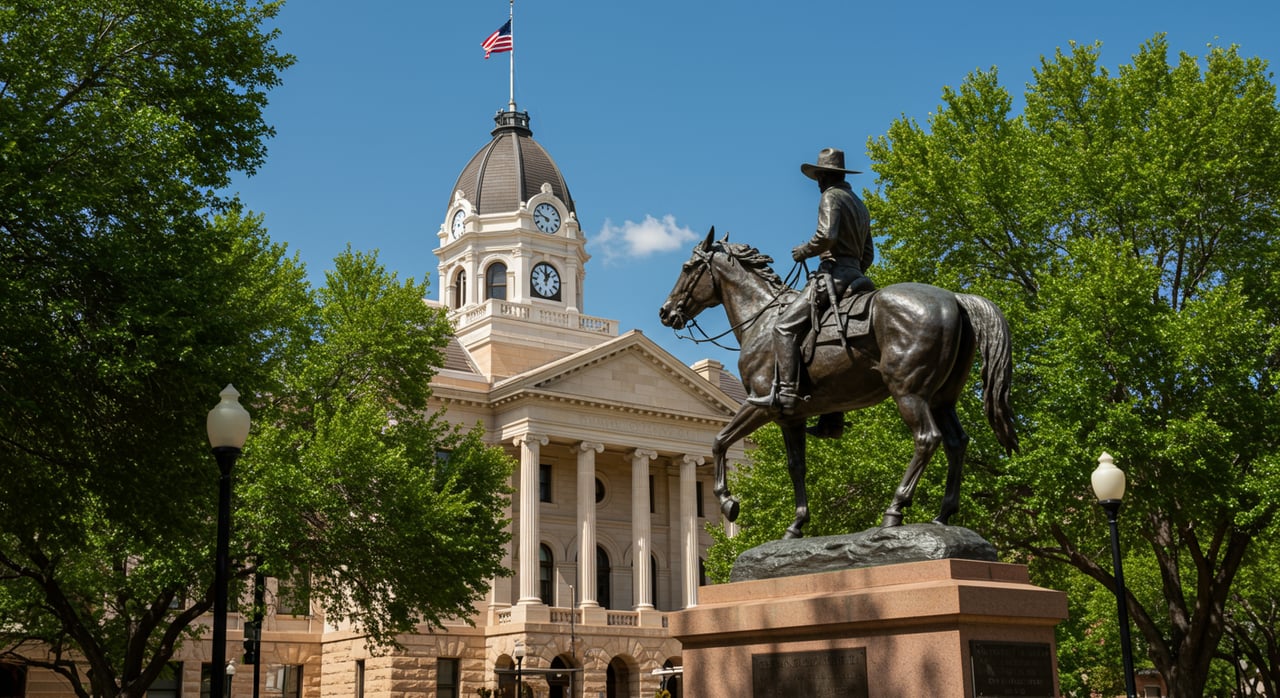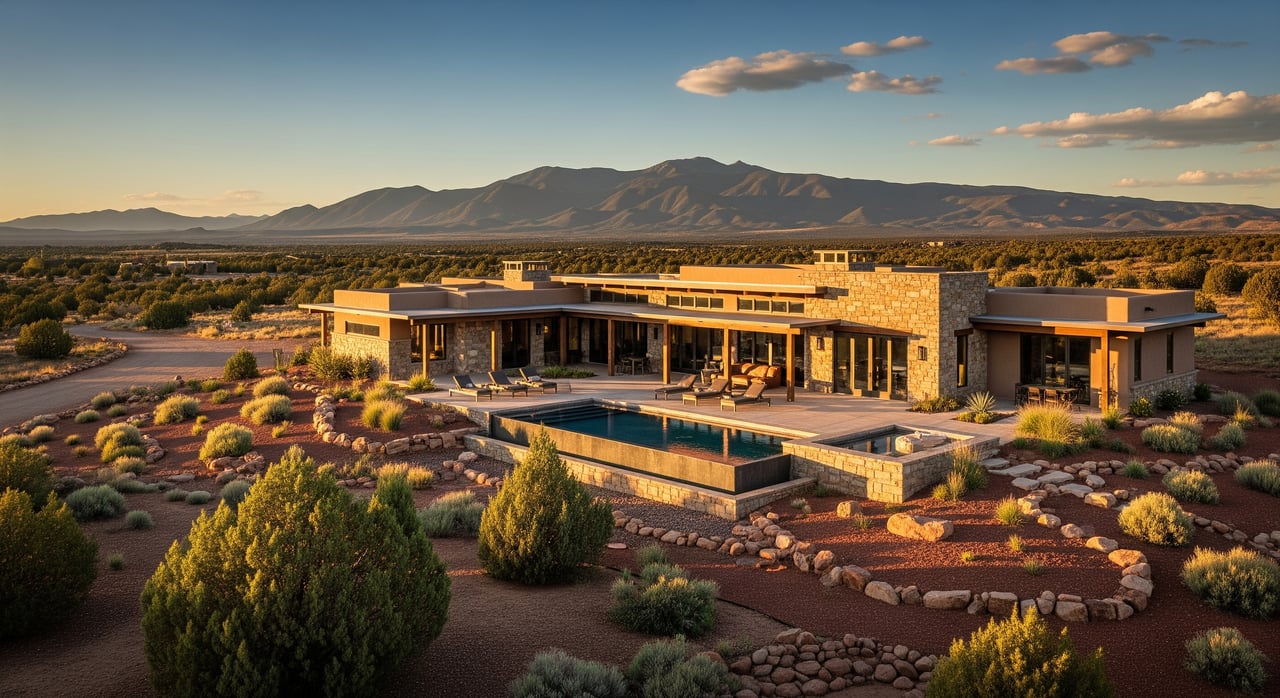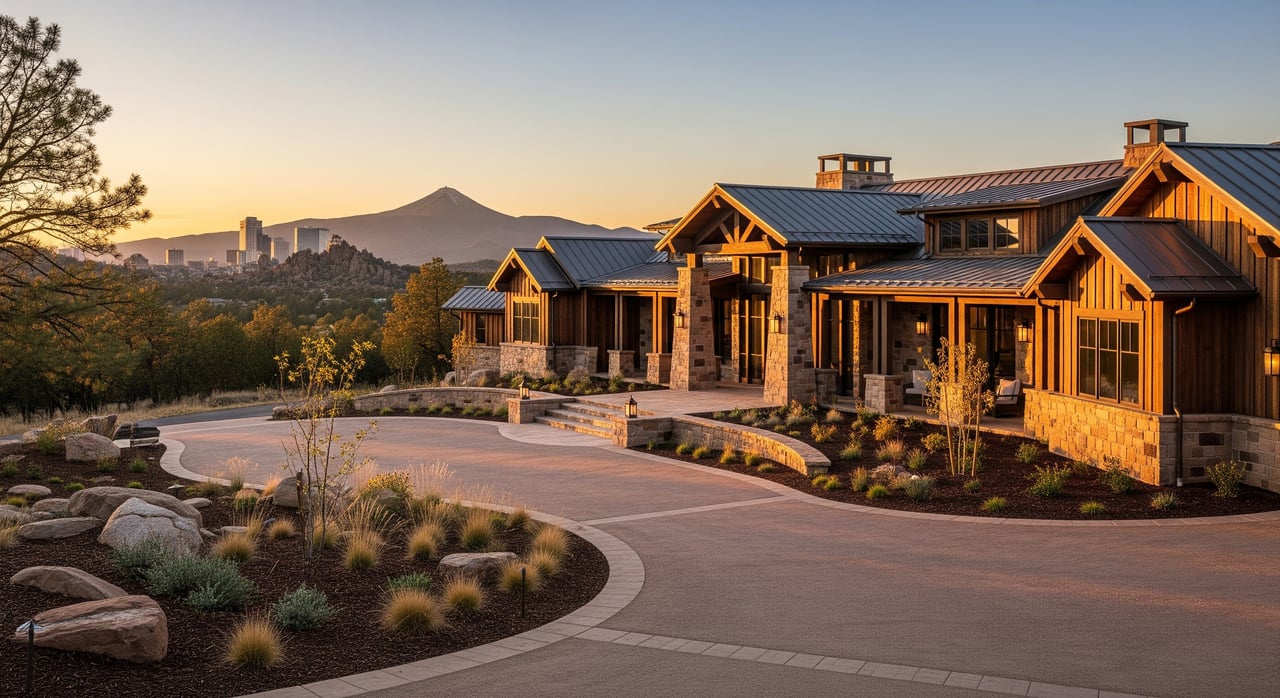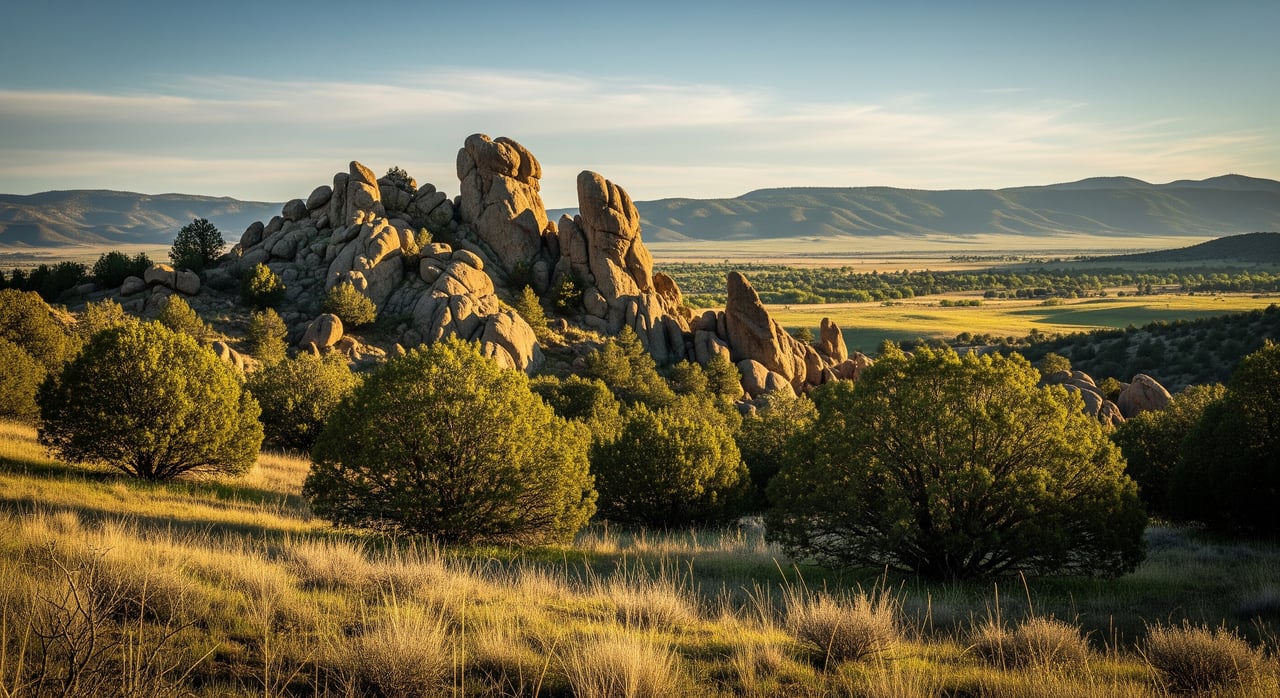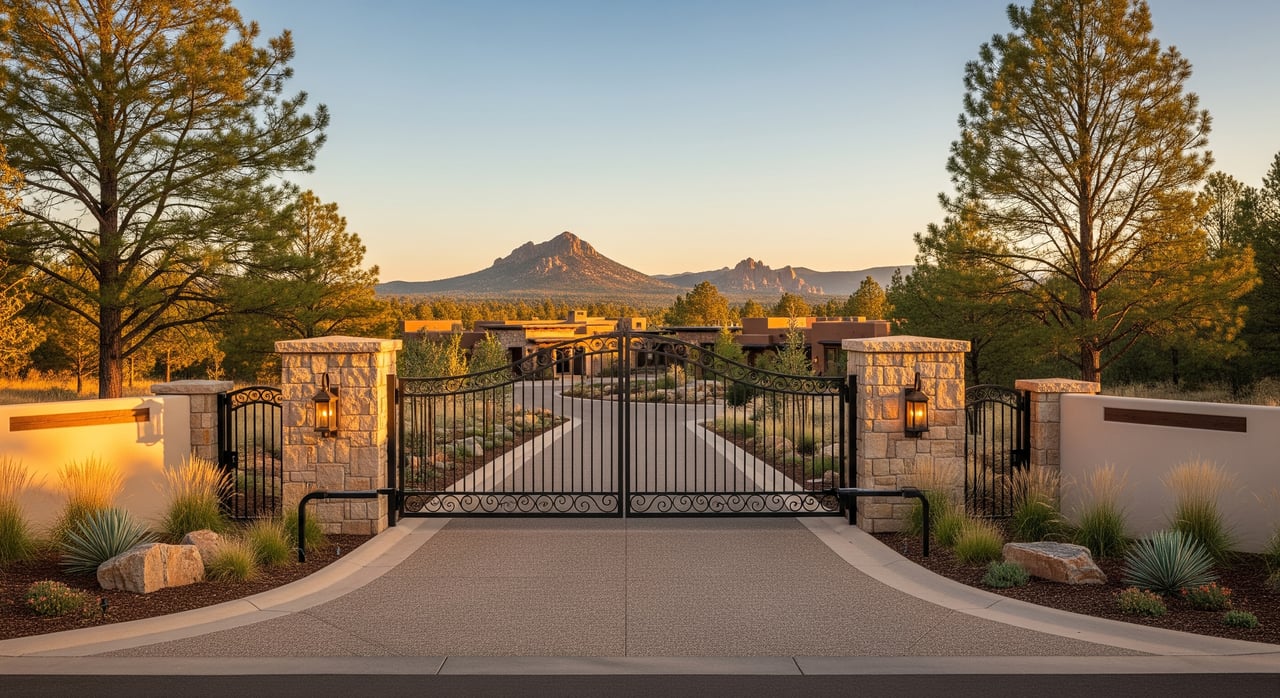Prescott, Arizona, is a treasure trove of architectural wonders that blend history, culture, and beauty. Known for its charming historic district, Prescott's architecture stands out as a testament to the city’s past. From its stunning Victorian homes to iconic civic buildings, each structure tells a story of the city’s growth and evolution. For those looking to explore Prescott’s real estate market or those interested in historical preservation, understanding the architectural landmarks of the area can provide deeper insight into what makes Prescott such a unique place to live.
Historic Courthouse Plaza
Prescott's Historic Courthouse Plaza is the heart of the city and a central point for the surrounding architectural landmarks. The plaza is home to the Yavapai County Courthouse, built in 1916, a stunning example of Neo-Classical Revival architecture. Constructed of granite, this building showcases grand columns, symmetrical designs, and an air of timelessness. Its central location makes it a focal point for locals and visitors alike.
Numerous historic buildings surround the courthouse, each contributing to the area's storied past. These structures, some over a century old, showcase intricate architectural details typical of the late 19th and early 20th centuries, such as decorative facades, brickwork, and elaborate cornices. As you stroll through the plaza, you can appreciate where the charm of preserved historical buildings coexists with modern adaptations, reflecting the city's commitment to honoring its architectural heritage while embracing thoughtful progress.
Sharlot Hall Museum
The Sharlot Hall Museum is a must-see for anyone interested in learning more about the early history of Prescott and its architecture. This museum complex comprises several buildings, each offering a unique perspective on the region's architectural history. The most famous structure here is the original Governor’s Mansion, built in 1864 in a log cabin style, highlighting the rugged frontier architecture of the time.
Over the years, more buildings have been added to the museum, including a Victorian-style ranch house and a schoolhouse, both of which offer insight into the different architectural styles that have influenced Prescott’s development. This museum serves as a microcosm of the city’s architectural evolution and is a great place to learn more about the region’s past.
Elks Theater
The Elks Theater, constructed in 1905, is another significant landmark in Prescott architecture. Designed in a blend of Mission Revival and Classical Revival styles, this building was originally a meeting place for the local Elks Lodge and also functioned as a theater for the town’s residents. Its facade features detailed plasterwork and a grand balcony, while the interior boasts ornate woodwork, a proscenium arch, and intricate detailing reminiscent of early 20th-century American theaters.
The Elks Theater has been restored several times over the years, ensuring that its original charm remains intact while modern amenities are added to enhance the visitor experience. Today, it serves as a vibrant cultural hub in Prescott, hosting performances, concerts, and community events that continue to bring the town’s history to life.
Museum of Indigenous People
For a glimpse of Indigenous influence on Prescott architecture, the Museum of Indigenous People is a must-visit. Built in 1935, the museum is designed to reflect the Pueblo Revival style, a nod to the Indigenous peoples of the Southwest. Its thick adobe walls, wooden beams, and stone accents are characteristic of this architectural tradition. The museum is dedicated to preserving and showcasing Native American artifacts and culture, making the building itself an integral part of the experience.
This structure is one of the finest examples of Prescott architecture that draws upon the area’s indigenous heritage. Through its design and exhibits, it offers visitors a chance to connect with the region's cultural history.
Whiskey Row
A tour of Prescott’s architectural landmarks wouldn’t be complete without mentioning Whiskey Row. Located along Montezuma Street, this historic block is known for its colorful past, when it was filled with saloons, gambling parlors, and brothels. Many of the original buildings were destroyed in a fire in 1900, but the area was quickly rebuilt, and today it is home to an array of restaurants, galleries, and boutiques.
The buildings along Whiskey Row retain much of their early 20th-century charm, with brick facades, wooden balconies, and decorative cornices that reflect the architectural styles popular during Prescott’s rapid rebuilding phase.
Modern Prescott Architecture
While Prescott is rich in historical structures, the city has also embraced modern architectural trends. Recent developments in the town feature a blend of contemporary designs that complement the existing landscape and historic architecture. From sleek, eco-friendly homes to modernist commercial buildings, Prescott’s newer structures bring a fresh perspective to the town while maintaining a connection to its past.
Many modern buildings in Prescott incorporate sustainable materials and energy-efficient designs, reflecting the town’s commitment to environmental stewardship. Whether it's private residences with minimalist aesthetics or public buildings that combine functionality with beauty, Prescott’s modern architecture is evolving while staying true to the city’s natural surroundings and historical context.
Explore Prescott Real Estate with the Experts at Real Prescott Property Group
For those looking to make Prescott their home or invest in its real estate market, the architectural beauty of the area is just one of the many draws. With a rich history and a diverse array of homes and buildings to explore, Prescott offers something for everyone. Whether you're interested in a historic Victorian home or a modern property that complements the city's architectural legacy, Karen Woodsmall and Abbie Roses at Real Prescott Property Group can help you find the perfect property. Contact them today to begin your journey into Prescott’s dynamic real estate market.
